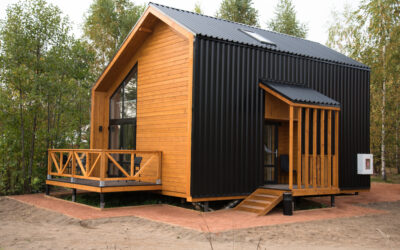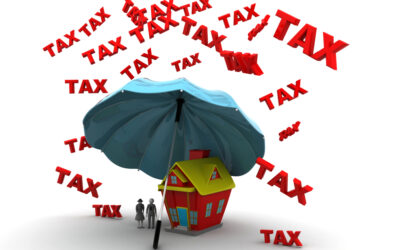Secondary Dwelling From December 2023 the Victorian Government has passed planning changes to make it easier to build Granny Flats - or "small secondary dwellings", on existing homes. The Victorian Premier Jacinta Allan revealed that planning permits will no longer be...
Tiny homes have excellent rental yields, income streaming and tax minimisation strategies. How do they compare to a Granny Flat?
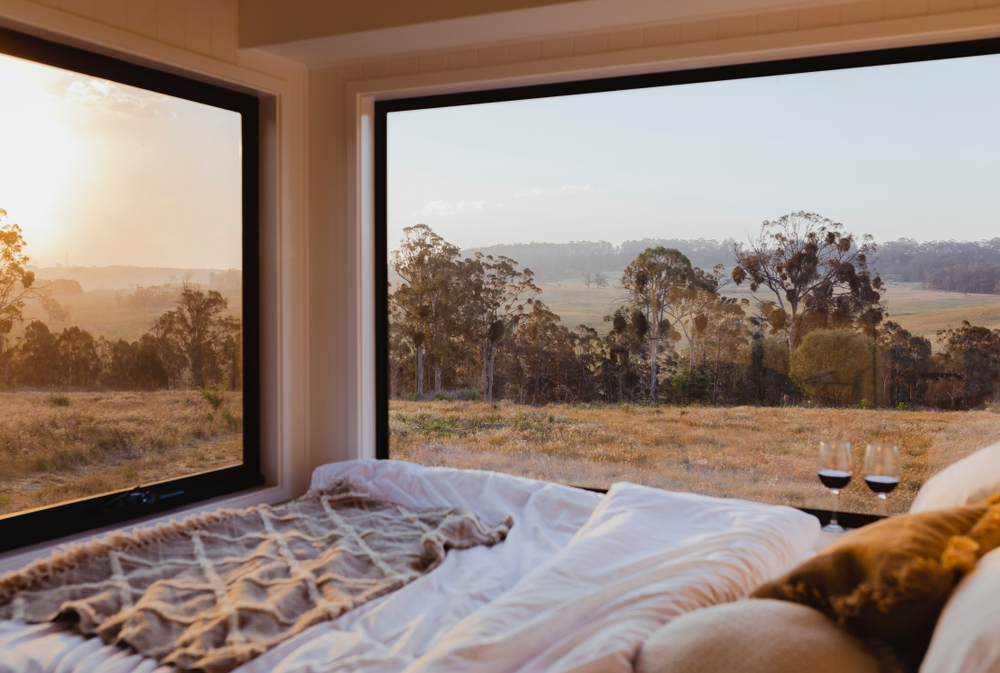
What are the tax and investment considerations for a Granny Flat above versus a Tiny Home below?
Income Tax Return Reporting – Income Streaming
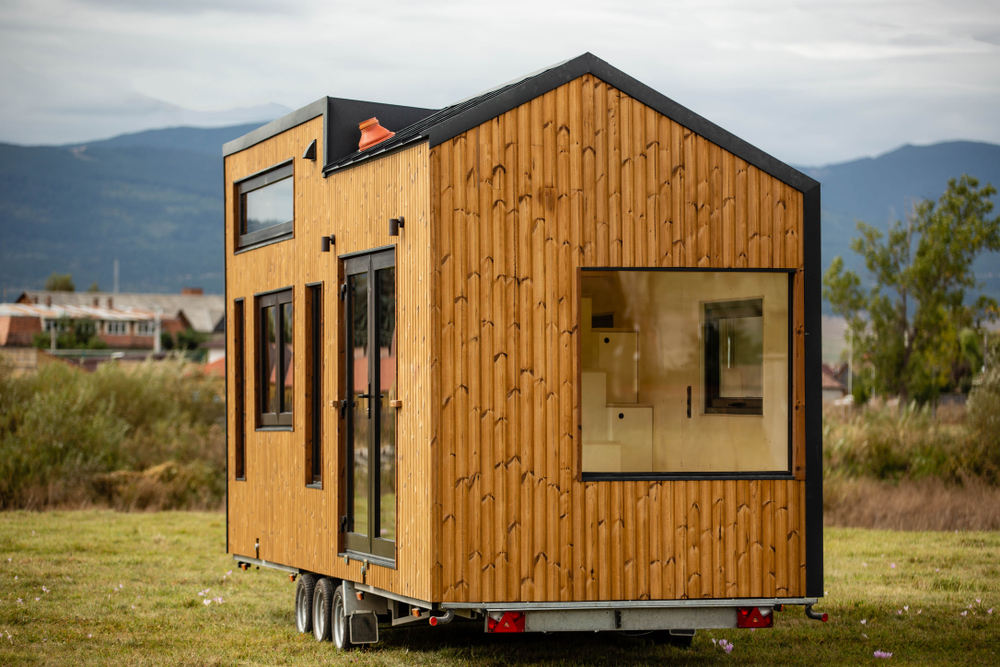
Tiny Homes
Tiny home ownership does not have to follow the ownership interest of the underlying property ownership.
For example, the principal main property may be in joint names; however, the tiny home could be in any name, be it a spouse not working to capitalise on the effective tax-free threshold of $20K instead of splitting the income 50% with a high-income partner.
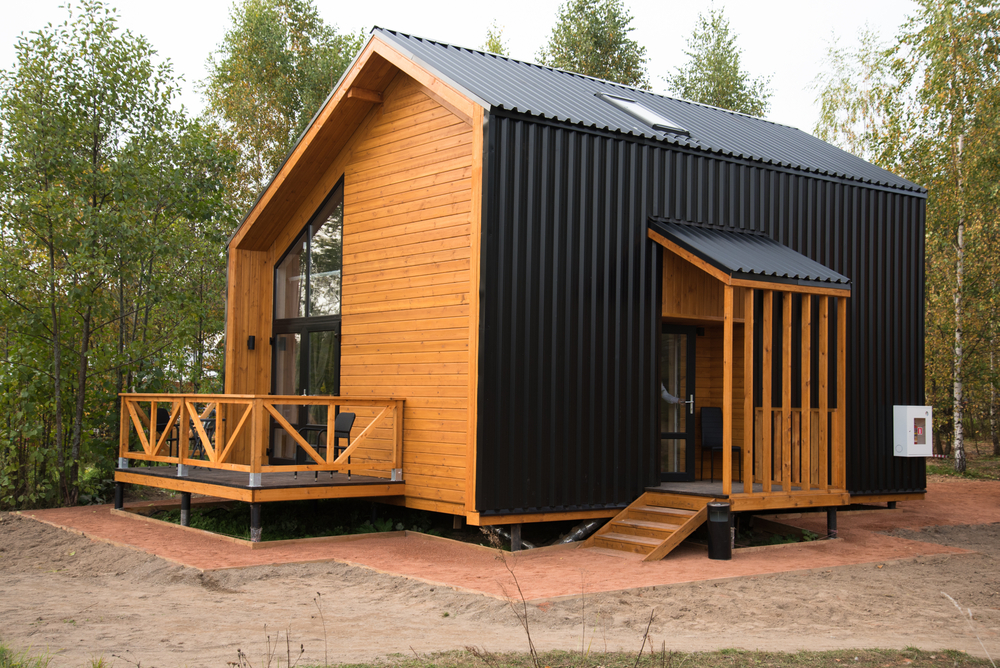
Granny Flats
Ownership takes on the character of the main principal home associated with it; if in joint names, the income and expenses will also be reported jointly, thereby preventing income streaming.
Capital Growth Potential
Investors in property have to consider the trade-off between capital growth and rental yield to determine the overall returns, their object for growth or income assets.
Tiny Homes
They won’t generally appreciate in value over time because they are considered a caravan with no underlying land value. Similar to cars, they don’t generally appreciate.
• Build on a trailer with a VIN (Vehicle Identification Number)
• May not add value to the associated principal home or property where the tiny house is located either.
• There may be associated landscaping, decking, access costs, and temporary connections to septic or sewer systems, adding another $20,000 in hidden site costs.
Taxing Growth at Sale
Any profit on the sale of the tiny home is calculated by deducting the written down value from the sale price, which is then taxed as original income, with no benefits of a 50% CGT discount or possible exemption.
Example
You purchased the tiny house for $100,000, claimed $50,000 after ten years (5% prime cost method), and sold it for $80,000.
- The gain would be $30,000, fully taxable at your marginal rate at the time of sale.
Granny Flats
Granny Flats are capital improvements to a principal property, adding value and appreciating over time.
- If used by the family, it would be CGT Exempted, as would the associated principal main home, CGT granny flat blog.
- If rented, any gains would be taxed on capital account rather than revenue as with a Tiny home, thereby also benefiting from the 50% CGT discount if held over 12 months.
Rental Yields (ROI)
Tiny Home

suited to short-stay accommodation
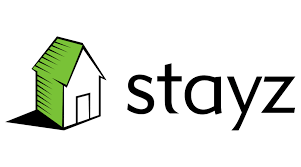

Better suits to holiday lets, short stays, listed on Air BnB, Stayz and the like
It is not ideal for long-term rentals due to the limited space. Some Councils can restrict the length of time someone can live there, See Gympie Qld Regional 2 weeks in an 8-week period)
Due to their lower capital investment, tiny homes could have higher rental yields.
Tiny House Example
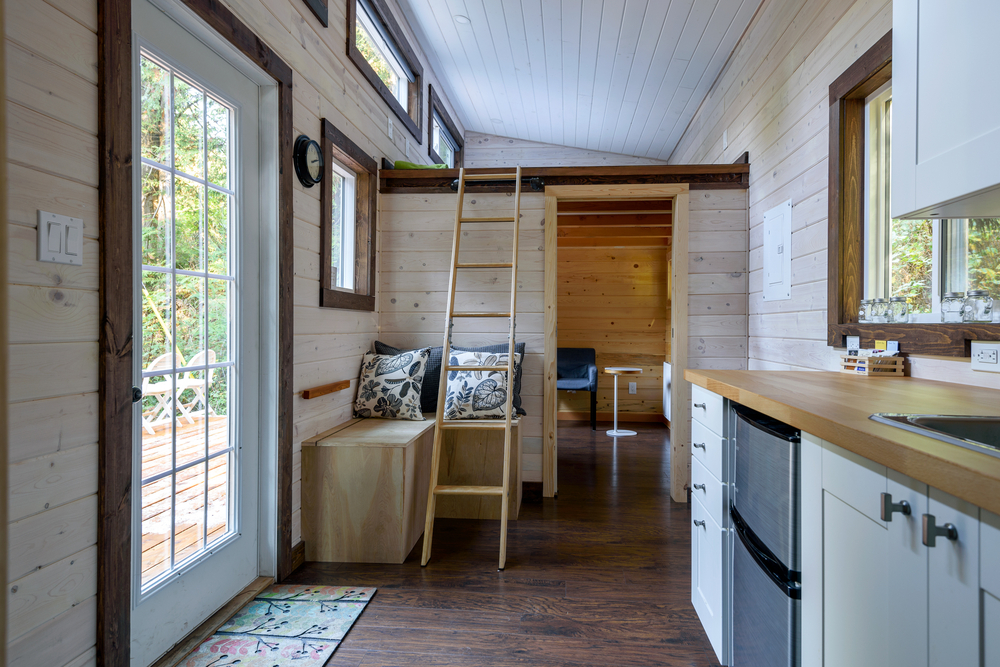
A tiny home investment for $100,000, plus $10,000 site development, that is rented out 30 nights per year, with only an 8.2% occupancy, at say, $150 per night, could produce a rental yield of 4.1%
At 60 nights per year, a 16.4% occupancy at a similar night rate, you could get an 8.2% (ROI)
At 90 nights per year, 25% occupancy, you could get 12.3%
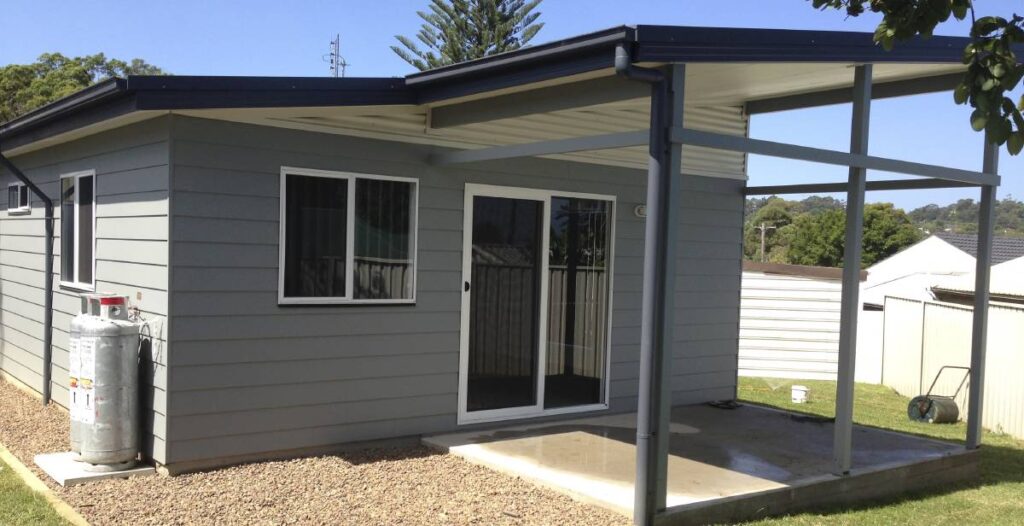
Granny Flat (suited to short and long-stay accommodation)
Suited to both holiday letting and long-term rentals.
With a higher capital investment, Granny Flats may have a lower yield.
Example
Granny Flat’s investment of $175,000, rented out for the same 30 nights at $250 per night, could produce a rental yield of 4.3%.
At 60 nights, 8.6% yield; at 90 nights, 12.8%.
Long Stay Rental Example
With the same build cost, a full-time, $400-per-week rental could yield 11.4%, double what is generally achievable by renting a typical 4-bedroom stand-around investment property.
Capital Investment

Tiny Homes
More Affordable
Cost can range from $60,000 to $120,000
Hidden site fees may be required, such as landscaping access points and providing temporary connects to septic and solar systems; decks can add $20,000 +

Granny Flats
A typical one-bedroom granny flat could cost around $175,000, allowing for the higher site costs, designs, and council approvals.
Local Council Regulations
Granny Flat

Higher local council regulations generally need closer to the main home.

Tiny homes
are regulated as caravans in most shires in Australia and are not considered permanent structures. As such, local council building codes and permits won’t apply.
Because they are built on a trailer, they must weigh 4.5 tonnes to be registered and towed on Australian roads, which will limit their size and fittings.
Australian regulations list the maximum size as 12.5m X 2.5m
Energy Running Costs
Tiny Homes
• Tiny homes have a much smaller energy footprint, so they need less energy to warm up or cool down, keep the lights on, and may be self-sufficient by connecting a solar system.
Granny Flats
• Higher energy costs will be due to the lack of a full kitchen.
Location on Property
Tiny Homes
• As tiny homes are built on trailers, owners can move them anywhere on their property without the need for council approval in many cases.
Granny Flats
• Generally, need to be close to the main property
Selling
• Tiny homes can be moved to any state, increasing the potential pool of buyers.•
Depreciation Claims
Owners can generally claim tax depreciation when a property is rented or available. That is, the property is given broad exposure to potential tenants and considering all the circumstances, tenants are reasonably likely to rent the property.
Tiny Homes (higher Depreciation) – over 20 years
• A tiny home is classified as a caravan; therefore, it has an effective life of twenty years and can be depreciated at 5 percent using the prime cost method or 10 percent using the diminishing value method.
The fit-out, such as bedding, blinds, and appliances, are depreciated per their effective life.
Granny Flat (standard 40-year effective life on the structure)
• The building’s effective life will be 40 years, with a 2.5% prime cost depreciation, and fittings and appliances will be based on a higher effective life.
Overview
In summary, tiny homes and granny flats offer excellent rental yields; however, there are differences in the cost of investment, capital growth potential, regulations, income stream, and how any gains on sale are taxed.
